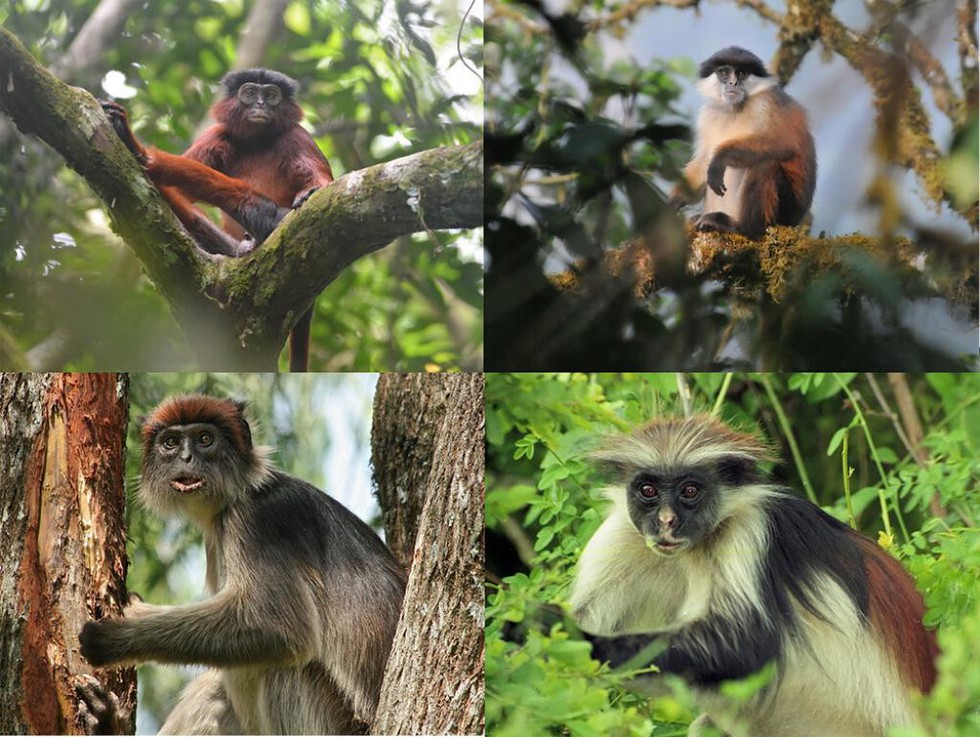
About Red Colobus:
Initiative to conserve Red Colobus
In 2023, the number of internally dis...
Insurance companies have issued about...
Russian President has bolstered the c...
The recent death of a Kadar tribesman...
A team of naturalists recently docume...
The International Cryosphere Climate ...
Recently, archeologists have found ev...
Nearly one in five TB patients has Ex...
Kanwar lake which was once a migrator...
The Army is all set to begin receivin...